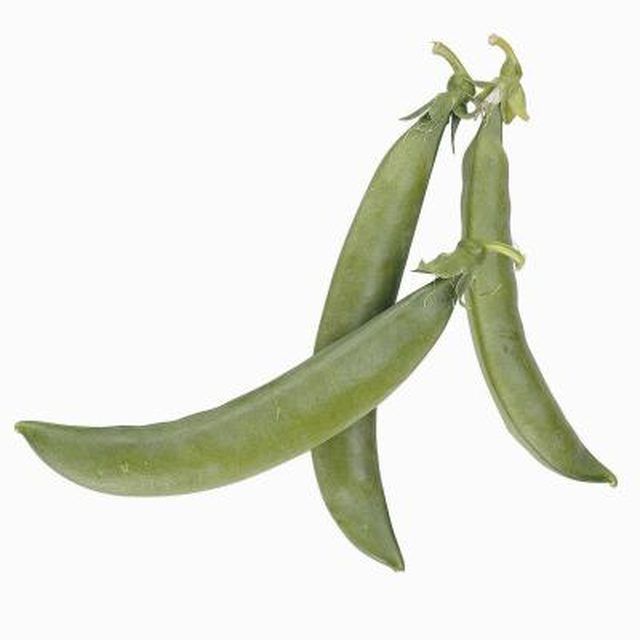Bulbs
Flower Basics
Flower Beds & Specialty Gardens
Flower Garden
Garden Furniture
Garden Gnomes
Garden Seeds
Garden Sheds
Garden Statues
Garden Tools & Supplies
Gardening Basics
Green & Organic
Groundcovers & Vines
Growing Annuals
Growing Basil
Growing Beans
Growing Berries
Growing Blueberries
Growing Cactus
Growing Corn
Growing Cotton
Growing Edibles
Growing Flowers
Growing Garlic
Growing Grapes
Growing Grass
Growing Herbs
Growing Jasmine
Growing Mint
Growing Mushrooms
Orchids
Growing Peanuts
Growing Perennials
Growing Plants
Growing Rosemary
Growing Roses
Growing Strawberries
Growing Sunflowers
Growing Thyme
Growing Tomatoes
Growing Tulips
Growing Vegetables
Herb Basics
Herb Garden
Indoor Growing
Landscaping Basics
Landscaping Patios
Landscaping Plants
Landscaping Shrubs
Landscaping Trees
Landscaping Walks & Pathways
Lawn Basics
Lawn Maintenance
Lawn Mowers
Lawn Ornaments
Lawn Planting
Lawn Tools
Outdoor Growing
Overall Landscape Planning
Pests, Weeds & Problems
Plant Basics
Rock Garden
Rose Garden
Shrubs
Soil
Specialty Gardens
Trees
Vegetable Garden
Yard Maintenance
How to Grow Sugar Snap Pea Seeds
How to Grow Sugar Snap Pea Seeds. Sugar snap peas, a cross between snow peas and English peas, are relative newcomers to the pea family. While they were originally developed as early as the 17th century, snap peas didn't become a garden staple until the late 1970s. The edible pod lets you skip the time-consuming job of shelling, and the sweet,...

Sugar snap peas, a cross between snow peas and English peas, are relative newcomers to the pea family. While they were originally developed as early as the 17th century, snap peas didn't become a garden staple until the late 1970s. The edible pod lets you skip the time-consuming job of shelling, and the sweet, crunchy vegetable can be served fresh from the garden or lightly steamed. Although snap pea vines tend to be longer than those of shelling peas, the growing requirements are similar for both.
Things You'll Need
Garden spade
Compost or well-rotted manure
Legume inoculant
Posts
String, netting, or chicken wire
Bowl
Straw mulch
Select a planting site that receives full sun and has well-drained soil. Loosen the soil with a garden spade and dig in 1 or 2 inches of organic matter, such as compost or well-rotted manure.
Soak the pea seeds in room-temperature water for at least six hours before planting. Drain the seeds and dust them lightly with a commercial inoculant developed for legumes.
Set up a support system for the plants to climb, as sugar snap pea vines grow 4 to 6 feet long. Create a simple trellis with string, netting, or chicken wire stretched between posts pushed into the ground every 4 to 6 feet.
Plant the seeds in a single row at the base of a trellis as soon as the soil can be worked in the spring. Space seeds 6 or 7 inches apart. Cover the seeds with 1 inch of soil and press firmly to settle them in the soil.
Water the soil immediately after planting. During dry periods, soak the soil with at least 1 inch of water weekly.
Pull weeds frequently, especially when the pea plants are small. Mulching single-row plants with straw can keep weed growth to a minimum.
Harvest sugar snap peas when they are filled with peas but still tender and juicy. Chill them in a refrigerator within six hours of harvest to keep the sugars from turning to starch.
Save some of your snap pea crop for next year's planting. Most peas are open pollinated, so they will grow true from seeds. At the end of the harvest, pull several plants and hang them upside down in a dry spot to allow the seeds to dry thoroughly. Store the seeds in an airtight container.
Tips & Warnings
Prepare the planting site in the fall for a head start the following spring, especially in areas with hot summers. Snap peas require 60 to 75 days of cool weather to mature, depending on the variety.
Pea seeds will germinate at temperatures as low as 40 degrees Fahrenheit.
Extend the harvest by making several plantings one week apart.
Handle pea seeds gently, as they may not germinate if they crack before you plant them.
Peas will stop producing once temperatures reach 85 degrees Fahrenheit.